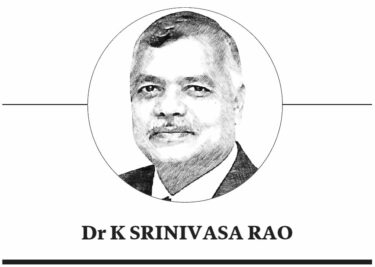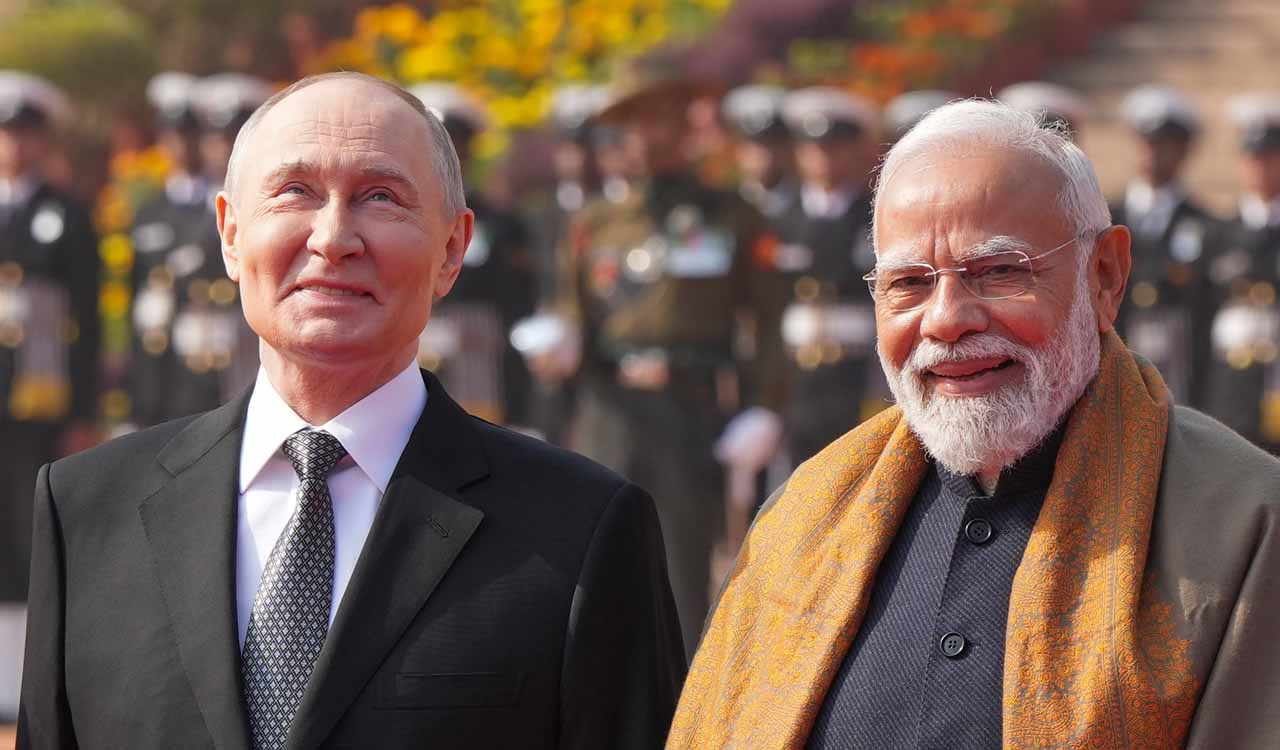Opinion: Right-sizing Indian banks needs more than mergers
Indian banks need capital expansion, policy reform, and greater autonomy to break into the global big league

By Dr K Srinivasa Rao
In a large, diverse economy with various income groups and businesses, the banking system’s capacity must be properly aligned in terms of outreach and business volume to realise its growth potential fully. The strength of banks is measured worldwide by asset size or market capitalisation. The ranking of the top 100 global banks is based on these metrics. S&P Global Market Intelligence data ranked SBI at 43rd and HDFC at 73rd among the top 100 global banks in 2025, based on 2024 data. It places HDFC at 10th, ICICI at 20th, and SBI at 25th in the worldwide ranking by market capitalisation.
Also Read
It is continually debated that India, as the fourth-largest economy and on its way to becoming the third-largest economy, should have more banks on the global list to fund its burgeoning growth opportunities. The current size and scale of banks may not bode well for achieving the aspirational growth envisioned under the Viksit Bharat 2047 vision. An aggressive and collaborative financial sector ecosystem is needed to ramp up the capacity.
Development of Banks
The well-diversified banking system has developed, with bank reforms leading to the entry of new private and differentiated banks, thereby strengthening the number of commercial banks to 128. It includes 12 public sector banks, 21 private sector banks, 28 regional rural banks, 44 foreign banks, 11 small finance banks, five private banks, and two local area banks. The four non-scheduled banks are local cooperative banks. Additionally, there are 1,470 urban cooperative banks. The evolving banking sector serves its customers through a network of 165,000 bank branches and 2,15,000 ATMs.
The financial sector in March 2025 had an asset base of Rs 730 lakh crore, with 55 per cent, or Rs 415 lakh crore, held by banks. Similarly, the total market capitalisation of the financial sector was Rs 91 lakh crore, of which banks accounted for 57 per cent, or Rs 52 lakh crore, during the same period.
Supported by digital banking, the RBI’s Financial Inclusion Index (FI-Index) for March 2025 scaled up to 67.0, up from 53.9 in March 2021. Even the global Financial Inclusion Index (FINDEX) of the World Bank for 2025 for India is at 89, up from 35 in 2011. The banking system’s outreach has been impressive in recent years, reflecting greater economic participation. The rise in financial and digital literacy rates, along with increased access to banking touchpoints, could help drive penetration of banking services.
Increasing the size of Indian banks through mergers is essentially a reshuffling of the asset base, creating short-term pain without significantly promoting long-term growth
However, due to limited resources and a modest credit risk appetite, India’s credit-to-GDP ratio was nearly 65 per cent in March 2025, while China’s was 155 per cent. Japan’s was 210 per cent, and both the US and Germany had 130 per cent. India has the lowest credit-to-GDP ratio among the top five economies. Banks are increasingly working with NBFCs to boost credit growth. There are 300 crore deposit accounts and 32 crore borrower loan accounts, showing an expanding user base.
Missing on Asset Size
Despite a robust banking infrastructure, the asset size and market capitalisation remain low compared to global standards, leading to banks falling behind in international rankings. Since nationalisation, banks have prioritised service and rapid outreach to connect with the masses.
The policy of dispensing low- and mid-sized credit in the priority sector aims at supporting microenterprises and farmers, thereby promoting socioeconomic development. The goal is to enrol more borrowers, not necessarily large ones. In the midst of expanding banking reach, maintaining a balance in creating large-scale loan assets comparable to those of global peers has proved challenging.
Built on a foundation of sustaining socio-economic banking, expanding bank size to compete with global banks cannot be a short-term goal. It requires a long-term, size-oriented growth strategy that involves a significant policy shift to seek alternative large-scale resource generation, which may not be achievable solely through domestic savings.
Policy Shift
To grow banks in terms of asset size and achieve higher market capitalisation, increased credit exposure, and better risk appetite are crucial. Banks should be granted autonomy to adopt a multifaceted strategy that addresses capital, technology, governance, market expansion, and the regulatory framework.
Increasing the size of banks through mergers is essentially a reshuffling of the asset base, which entails considerable short-term pain and may not significantly promote long-term growth. Combining the asset bases of different banks into one may elevate some into the ranks of global banks, but might not serve the broader interests of the economy.
Showcasing the strength of Indian banks on a global scale through mergers will be a ‘band-aid’ solution that fails to address the root cause of why banks’ asset bases are not globally competitive.
A beginning was made to address the root cause when the Reserve Bank of India (RBI) announced additional regulatory measures in its monetary policy on October 1, 2025, granting more autonomy to lend for corporate mergers and acquisitions, allowing higher exposure to the capital market, and facilitating IPO financing.
The provision against expected credit losses is the right step to protect banks from future erosion in asset quality coming from larger exposures. The risk weight for infrastructure lending by NBFCs has been reduced to facilitate a better flow of resources to the sector.
It will require expanding the capital base and resources to finance large projects. Relying solely on domestic deposits may not be sufficient to support the growth of the asset base. Greater foreign capital should be permitted to enter domestic banks. At the same time, banks should also be allowed to raise funds by issuing overseas bonds. The RBI could provide long-term funds through targeted long-term repo operations.
Expanding substantial resources to develop large loan assets requires ongoing effort. The top 5-7 strong banks with solid capital and global recognition should lead the way to climb higher in international rankings over the next decade. They must adopt appropriate business models and enhance internal capabilities to manage increased risks associated with multiple higher exposures.
Building larger banks to achieve global prominence requires concerted, sustained, and coordinated efforts from all stakeholders, while continuing reforms and providing suitable policy support along the way. Big banks should also play an effective role as stepping stones to help India become a developed economy by 2047.
Right-sizing banks and capacity building are essential for the economy, while bank mergers might be a shortcut to increased visibility without bringing significant economic benefits.

(The author is Adjunct Professor, Institute of Insurance and Risk Management, Hyderabad. Views are his own)
Related News
-
Hyderabad Cybercrime cops recover Rs 6.25 lakh in two APK fraud cases
11 mins ago -
Jaish-e-Mohammad builds proxy modules as ISI shifts to low-visibility terror in India
14 mins ago -
SCCL to host Company Level Cricket Tournament in Kothagudem
15 mins ago -
Cabinet approves Rs 11,718 crore for India’s first digital Census in 2027
21 mins ago -
Rural backlash for Congress a slap on Revanth’s face: BRS
35 mins ago -
I was not aware of Akhanda-2 ticket price hike, says Telangana Cinematography minister
58 mins ago -
Hyderabad: FIR filed after men caught biting goat during sacrifice
59 mins ago -
RGUKT Basar student felicitated for participating in national science expo
1 hour ago




